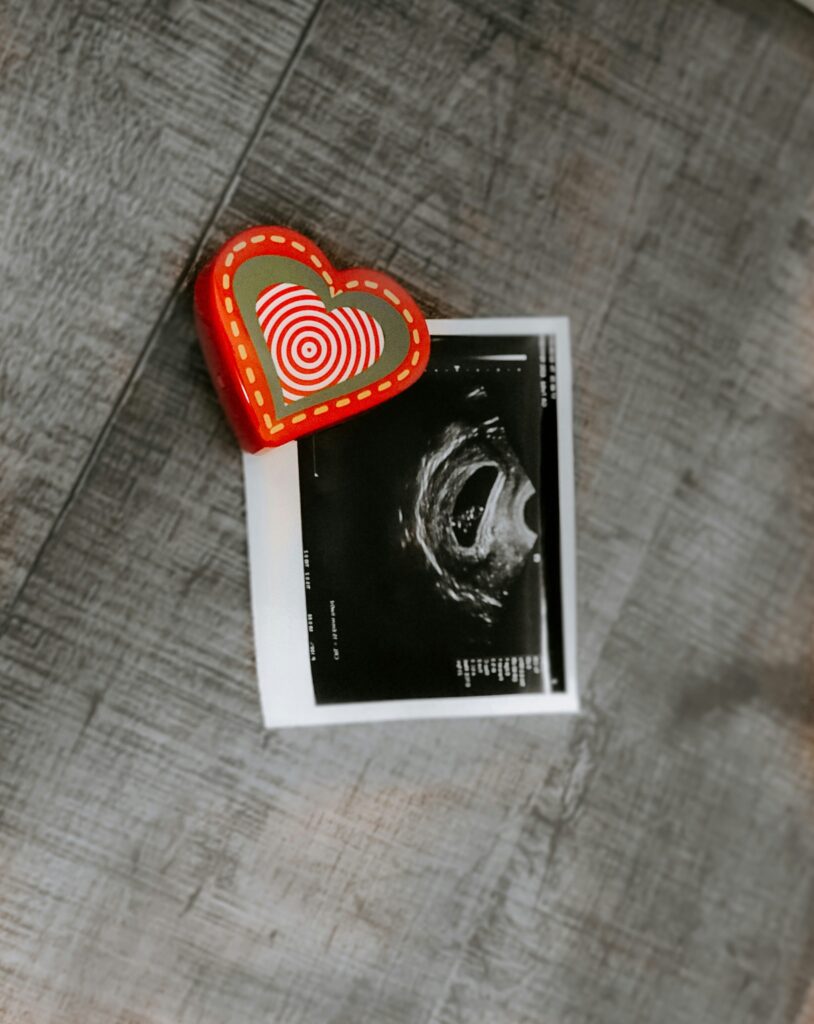How Many DPO Does Implantation Happen? What to Expect 1-12 Days Past Ovulation.
The two-week wait feels like forever! Full of symptom spotting and counting how many days past ovulation you are and when you can finally test. In this article I’m going to break down what to expect during the two-week wait (1-14 days past ovulation) and discuss what exactly implantation is, when it occurs, and how many DPO you can expect a pregnancy test.
Implantation typically occurs between 6 and 12 days post-ovulation, with the majority happening around 8 to 9 days after conception

What is implantation?
Implantation is the process during which a fertilized egg attaches itself to the lining of the uterus. This event is pivotal in the early stages of pregnancy as it signals the beginning of the embryo’s growth. While the journey of the egg from fertilization to implantation is shrouded in mystery, the timing is generally well-understood.
Timing of Implantation
Implantation typically occurs between 6 and 12 days post-ovulation, with the majority happening around 8 to 9 days after conception (8-9 DPO). This period aligns closely with the luteal phase of the menstrual cycle, the stage following ovulation. It’s during this window that the fertilized egg makes its way down the fallopian tube, ultimately reaching its destination in the uterine lining.
Signs of Implantation
While implantation is a quiet process inside the body, there are subtle signs that you can keep an eye out for. One of the most discussed phenomena is implantation bleeding, which can occur 10 to 14 days after ovulation, coinciding with the time of a missed menstrual period. This light spotting is thought to be the result of the fertilized egg burrowing into the uterine lining. However, it’s essential to note that not everyone will experience implantation bleeding, and its absence doesn’t necessarily indicate a lack of pregnancy.
Testing for Pregnancy: How Early Can You Know?
After implantation, the body begins to produce the hormone hCG (human chorionic gonadotropin), which is the marker detected by pregnancy tests. Urine-based home pregnancy tests are likely to show a positive result between 12 and 15 DPO. However, the exact timing can vary based on individual hormonal variations. While some might receive an early positive result as early as 9DPO, others may need to wait a bit longer. For the most reliable outcome, it’s generally recommended to take a home pregnancy test after a missed period.
Understanding the intricacies of implantation and the early signs of pregnancy can be immensely helpful when trying to expand your family. Recognizing the timing, being aware of potential signs like implantation bleeding, and knowing when to take a pregnancy test can provide clarity and peace of mind during an emotionally charged time. As every individual’s experience is unique, it’s essential to listen to your body and consult with a healthcare provider for personalized guidance and support on this remarkable journey.






Responses